Mostly, I love the new BMW M3 (and the M4; beneath their slightly different skins they are, BMW goes to some lengths to make clear, exactly the same car). But there is one whopping great caveat to that judgement, and it concerns you-know-what: the fact that its turbocharged.
But in this instance it isn’t just the once straightforward issue of turbocharging itself and the lag this used to create that is to blame, because to all intents and purposes there is no lag to speak of. You put your foot down in the new M3 and it goes, wallop. And it goes very hard indeed, right from the word go, thanks to some deeply clever engineering of the 3.0-litre straight six from BMW’s M magicians.
But it’s what happens after that, after the initial wave of acceleration has started to break, that I have an issue with, and you need to drill right down deep into the torque characteristics of the engine to realise why.
Peak torque of 406lb ft – which is 40 per cent more than in the old V8 M3, for heaven’s sake – arrives at a quite astonishingly low 1800rpm and then stays flat all the way to 5500rpm. And on the surface, this would appear to be the perfect way to ensure that the new twin-turbocharged 3.0-litre M3 feels like it is propelled by a non-turbocharged 6.0-litre V12.
But actually, it doesn’t quite turn out like that – because so linear is the flow of torque between 2000 and 6000rpm that there is a strange lack of edge to its delivery. In many ways it feels like a really potent turbodiesel rather than a high-revving petrol-powered sports coupe, and that’s because there’s almost no sense of crescendo to its power delivery.
Instead, the M3 feels – and sounds – as lively at 2500rpm as it does at 7000rpm, and for a petrol-powered M car this comes as a fairly major disappointment. The surging, slightly manic sense of excitement that has defined the M3’s personality since 1986, right up until this point in time, is simply no longer there, unfortunately. And it’s been replaced by a more efficient, much more clinical but rather less memorable flow of power.
To some, this won’t matter one iota. But to others, it will mean everything; and to these people the latest M3 engine might come across a touch beige as a result.
Other than this, though, the new M3 is a corker – good looking, great to sit in, ridiculously rapid, spacious, great chassis, reasonably decent steering, excellent brakes and extremely well priced.
Good enough to unseat the mighty C63 AMG? We’ll tell you that this time next week.


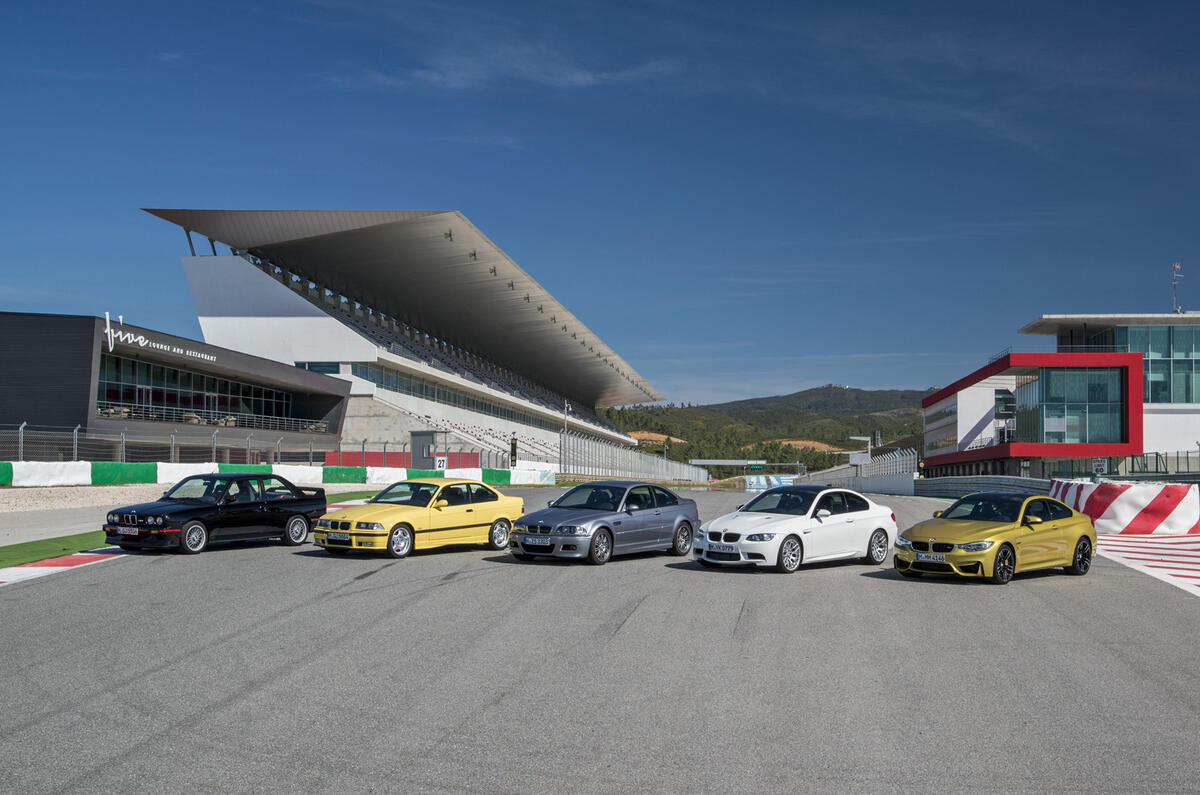
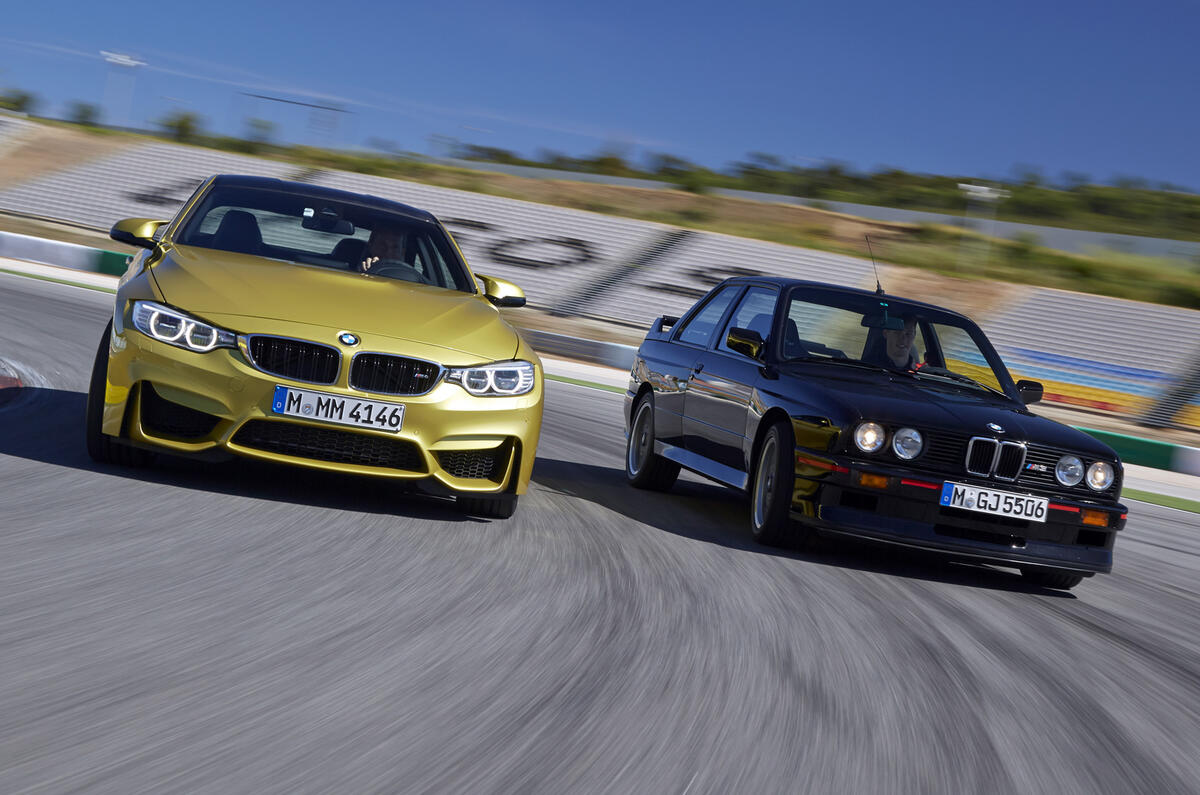

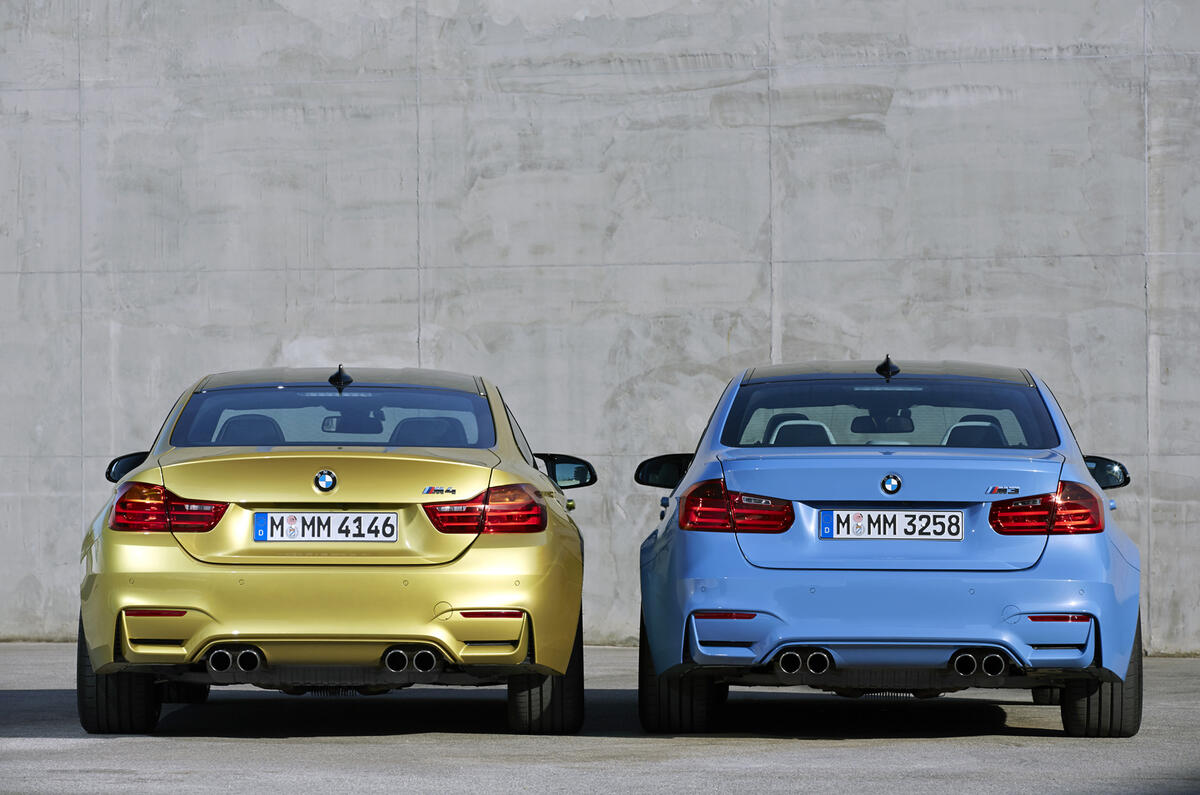
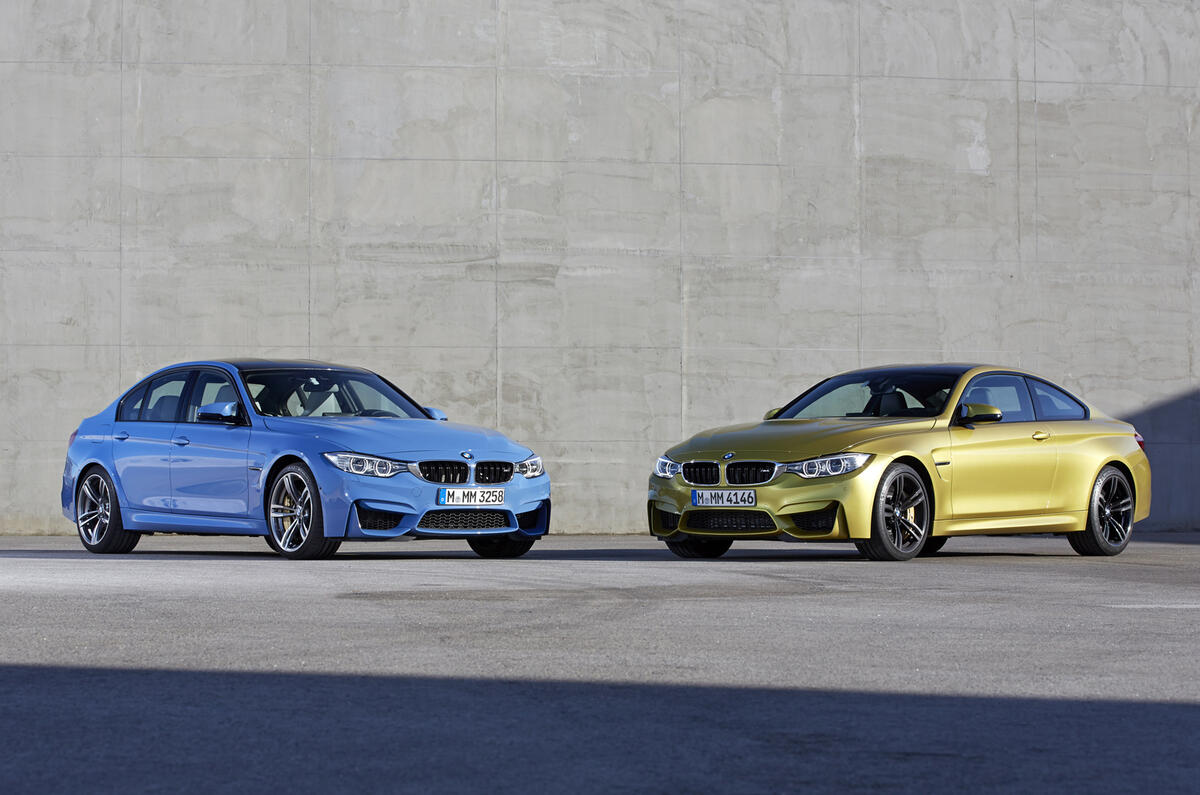
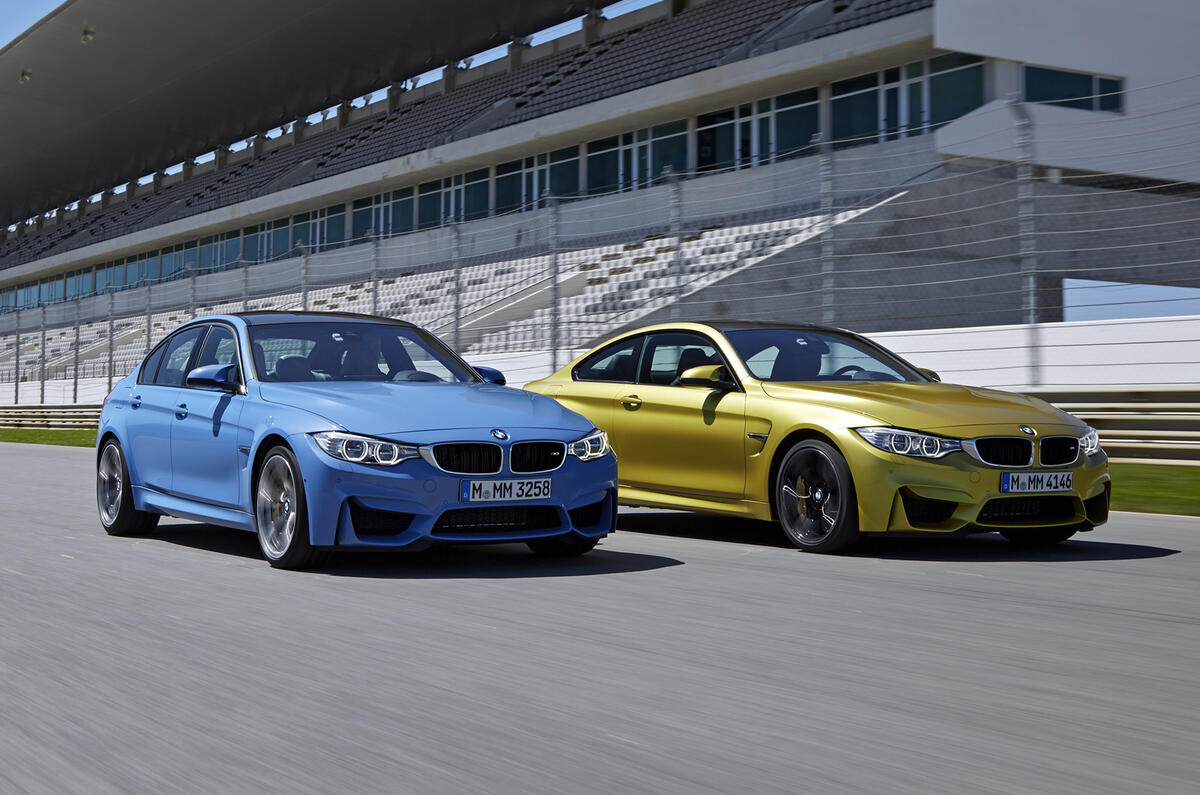
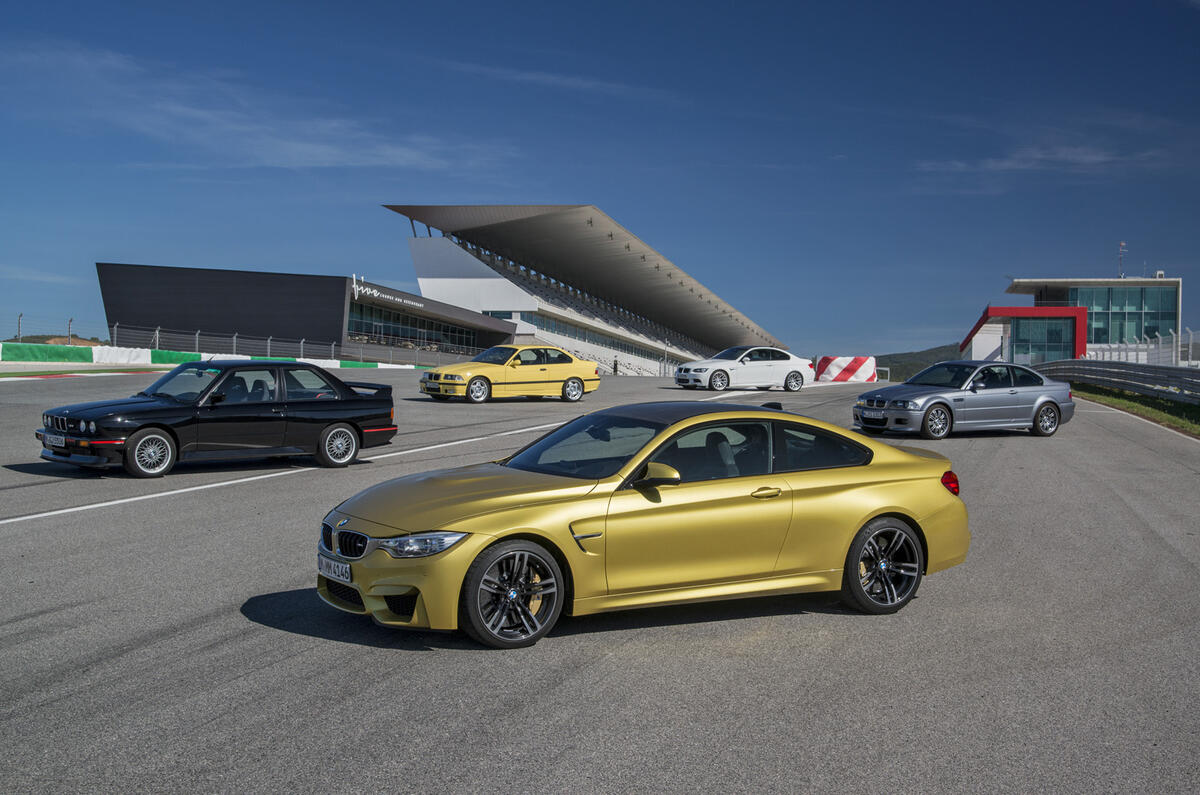

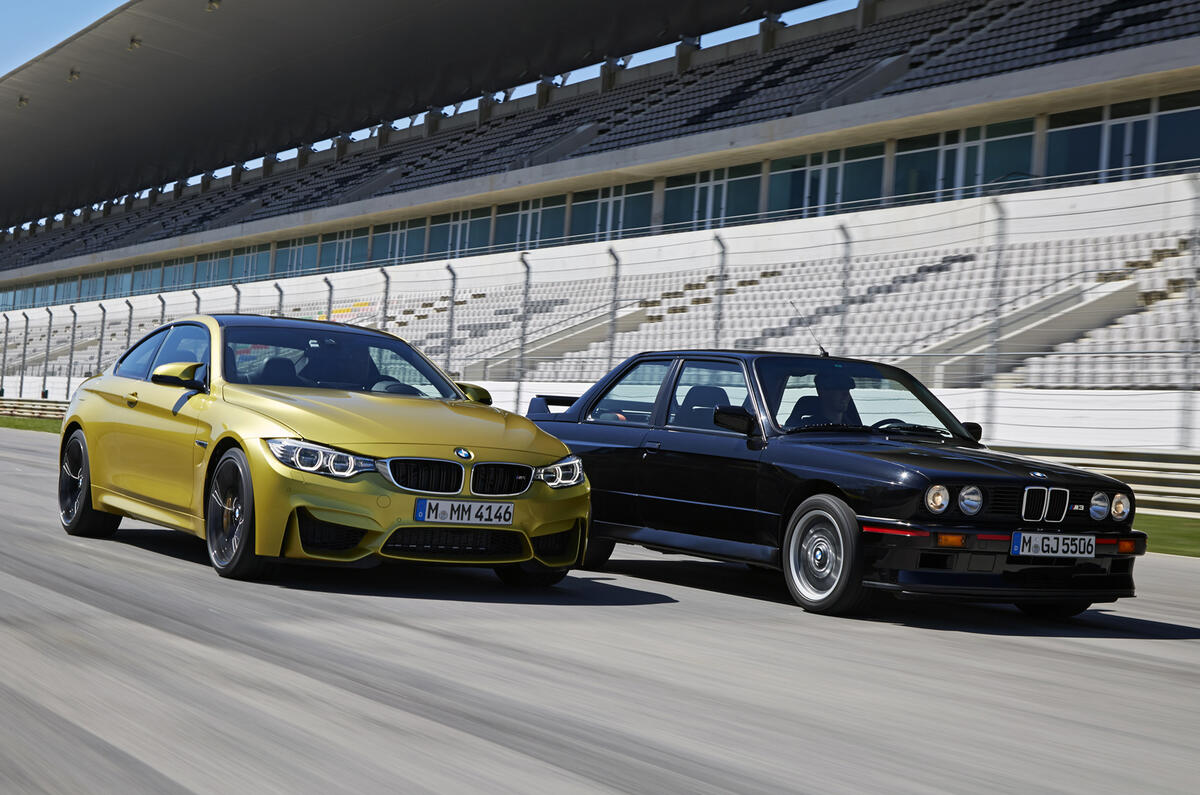












Join the debate
Add your comment
TURBOCHARGING
eleconomy.gov/feg/atv.shtml
Engines are becoming increasingly complex, have more moving parts (turbos, extra valves and cams, variable timing, etc). Compared to the engines of yesterday, they also produce their turbo related power at higher RPM. All these increase internal friction losses. Ironic, since losses eat into the primary objective of reduced fuel consumption through turbocharging, complexity and downsizing. Stronger forces applied to the mechanical parts mean more losses. In a conventional engine, an increase in specific power and torque leads to bigger moving parts that generate higher friction losses. High specific power and torque in a modern state of the art engine leads to the same power/torque gains, but if losses are not contained any benefits are lost. What remains is the extra cost, complexity and even weight.
The relationship between mechanical load and friction losses is well known. To reduce fuel consumption, a modern engine is subjected to high in-cylinder pressures for high specific torque and power. This way complex modern engines attempt to be efficient enough. Nevertheless, if it is not possible to avoid rising losses, the energy efficiency gains can easily disappear.
Modern downsized engines have higher friction than ordinary engines and yet they are attempting to provide better efficiency during standard use. If we double frictional losses while doubling the engine’s power per liter, the total friction losses of the driving cycle remain identical. It’s easy to understand that the aim needs to be to increase the engine’s specific power faster than its specific friction. Downsizing needs to be accompanied by a reduction in energy losses due to friction and also by a reduction in pumping losses during standard use.
But, an engine’s specific power is not the only factor weighing on friction performance; its specific torque at low speeds (Nm/L) also plays an important role. On one hand, increasing torque at low speeds increases the size of the engine’s moving parts, which increases its friction losses. On the other hand, high torque at low speeds reduces the engine’s operating speed (downspeeding), which reduces friction and pumping losses. It all boils down to finding the right balance. Turbocharging helps but even small turbos need exhaust gases running at certain temperature and speed in order to be of any significance. If the standard engine RPM operating range is from just above 800RPM to 3000 RPM, then by the time even a small turbocharger comes into real effect, an appreciable % of the RPM range and perhaps the most meaningful in urban conditions, has been used. Furthermore, turbocharging interferes with the exhaust system and the way gases are extracted from an engine.
Downspeeding can potentially be very effective in reducing friction losses, as an engine’s frictional losses increase exponentially to engine speed. Engine downspeeding provides several advantages: Frictional losses are much lower at lower rpm and pumping losses are also reduced when the engine runs at lower speed. Load has a small influence on the level of engine friction, much less than engine speed does.
Modern engines have increased friction losses which render thermodynamic gains unworthy as they are lost to mechanical friction. Car manufacturer’s have fallen into this trap. To bear high loads, the engine’s moving parts are bigger and more complex, which increases the engine’s losses. Choices are made between conflicting strategies. Loading the engine, to take advantage of downsizing, results in upsizing the moving parts accordingly. The gains generated by reducing cubic capacity are reduced or even eliminated by the additional friction. Downsized high specific output engines are also more likely than conventional larger capacity engines to venture beyond the lower speed range simply because this is where most of their turbocharged power can be found. This wipes out the main target of reduced fuel consumption (“the forest”) made through downsizing.
Worthwhile solutions do not loose sight of FMEP/(KW/L ratio) which in a conventional engine is low. No surprise then that modern engine gains are mostly lost to friction. But this still remains “tree sighting”. We tend to forget the added complexity, stress, noise, cost, weight and longer term durability.
SOLUTION
There is a way to address all the above issues simultaneously, in an effective way that improves fuel consumption and reduces emissions in the real world (not only during theoretical government cycle tests) which also costs less, weighs less, is much simpler to construct and maintain and it is based on existing, widely available technologies, makes less noise and vibration, simplifies car operation, makes cars less complex, more reliable and durable in the longer run and reduces maintenance costs substantially.
There is something about torque lag...
There is something enjoyable, if you're in the right mood, about that sort of car. I'm not saying torque lag is better, but it can be good fun and you learn to drive around it.
Now I'm older I have to say the more rounded manners of an Alpina B3 (touring please) are more appealing than the M3.
Steve Sutcliffe wrote:..Good
Steve, was that question really worth asking? The very fact you and Autocar colleagues have been banging on about how less than impressed you are with the new M3/M4's engine acoustics/delivery, over and above everything else, in every single article on the cars, clearly means that you've already decided you prefer the C63 AMG. No mystery there at all. Heck, even the mighty M5 is only good enough for 5th in Autocar's top 5 super saloon table, behind the E63 AMG (not to mention, the XFR and even the Vauxhall VXR8)!